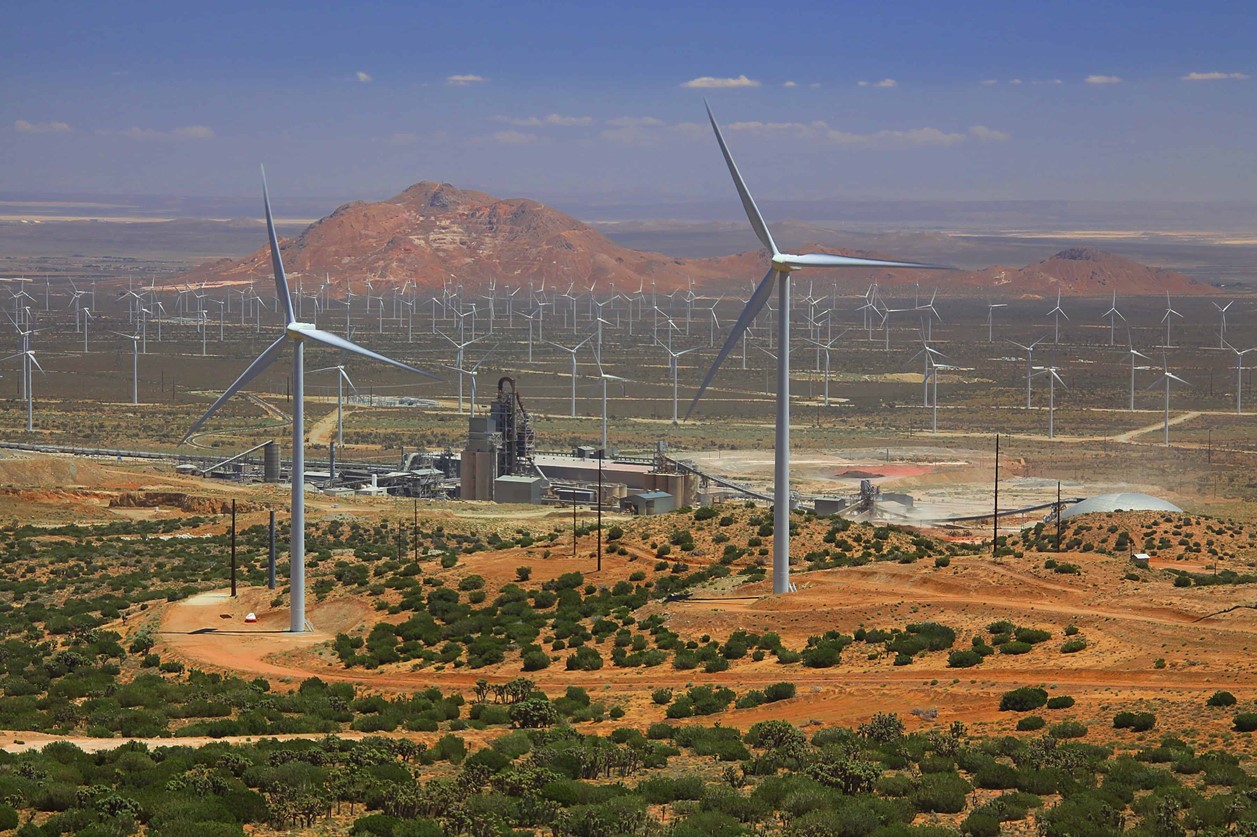The transition from ordinary portland cement to portland-limestone cement (PLC) – also referred to as Type 1L cement – is a key step in the cement industry’s Roadmap to Carbon Neutrality by 2045, and the concrete pavement industry’s overall efforts to reduce CO2 output as well.
“Cement is the essential ingredient in ready mix concrete, and PLC provides the same strength, durability and resiliency you’re accustomed to with the added benefits of environmental performance,” says Chris Heilmann, Vice President of Sales for National Cement Southern California.
As a major component of this concerted effort, nearly all of the major cement manufacturers in the region now offer a low-CO2 cement in the form of Type 1L blended cement, Slag cement, Type 1P (portland-pozzolan) cement, and Type 1T (Ternary blended cement).
Looking at the Caltrans Authorized Materials List (AML) for Cementitious Materials for use in Concrete (https://mets.dot.ca.gov/aml/CementitiousList.php), we can see an abundance of new low-CO2 cements listed, including 13 Type 1L blended cements, three Type 1P cements, one Type 1T cement, and four Slag cements.
In 2022, CalPortland announced the conversion of their Southern California Mojave cement plant to ADVANCEMENT™ HS, a Type 1L cement.
“CalPortland continues its commitment to producing sustainable, resilient materials,” stated CalPortland President & CEO Allen Hamblen. “Portland-limestone cements significantly reduce the amount of CO2 emissions produced during the cement manufacturing process without sacrificing performance.”
National Cement Company of California also recently began supplying Type 1L from its Lebec plant.
Nevada Cement Company’s plant in Fernley is producing Type 1P and lists its Type 1L on the Caltrans AML. And Martin Marietta, Mitsubishi Cement Corporation, and CEMEX all also have Type 1L cements listed on the Caltrans AML.
Slag cements offered by CEMEX and CalPortland, as well as Type 1T offered by CalPortland, can also lead to significant CO2 reductions.
Here’s a relatable example of how much CO2 is saved by switching to portland-limestone cement. CalPortland’s plant, located east of the Southern California town of Mojave, annually produces approximately 1.3 million tons of cement. By switching production from ordinary portland cement to their new portland-limestone cement blend, the plant will reduce its carbon emissions by 10% on a per ton basis. This equates to removing 25,411 gasoline-powered vehicles off the road for one year.
You can learn more at www.GreenerCement.com where you will find fact sheets, case studies, a CO2 calculator and other informative materials.


